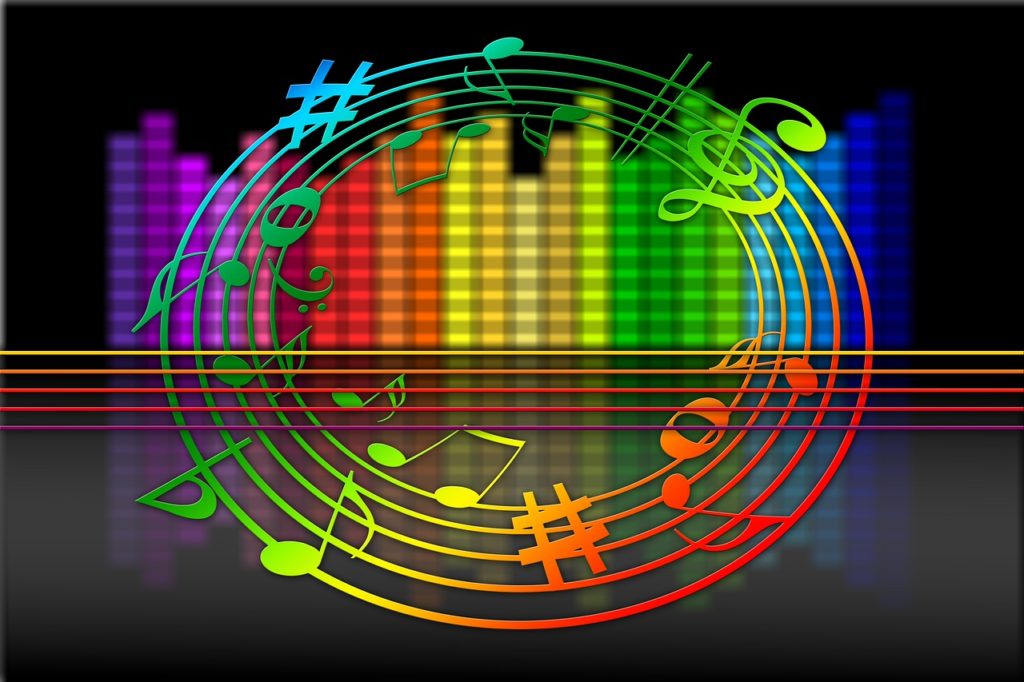Visual spatial thinkers and other neurodivergent musicians do need to have sheet music tailored to how they learn. This is because the notation itself can be an issue. Siu-Lan Tan studied how non-musicians perceived the score and discovered that they found it to be counter intuitive.
In other words, almost everyone found standard notation to be confusing. If you factor in learning issues, things get even more confusing.
What’s the solution? Answer: we adapt the score. For instrumentalists, I suggest you color code the music. For vocalists, I recommend your use shape notes.
Adapted scores have been proven to be effective for helping students with LD read music. George L. Rogers found that musicians overwhelmingly preferred reading a color coded score. This was especially true for LD and special needs students. With color they read as well as typical learners. Without it, they couldn’t read at all.
Likewise, George H. Kyme found vocalists sight sang more effectively with shape notes than with standard notation.
These two studies show that visual spatial thinkers and other neurodivergent musicians need to have sheet music tailored to how they learn. For more information on the studies read:
How exactly does the adapted score work? I’ll give you the resource links for that in the next section.


